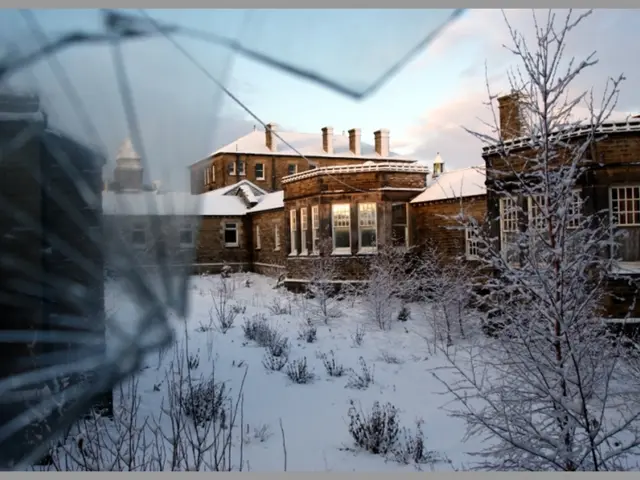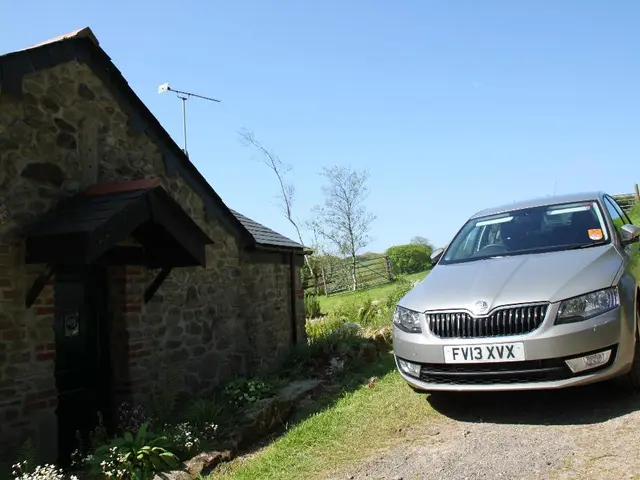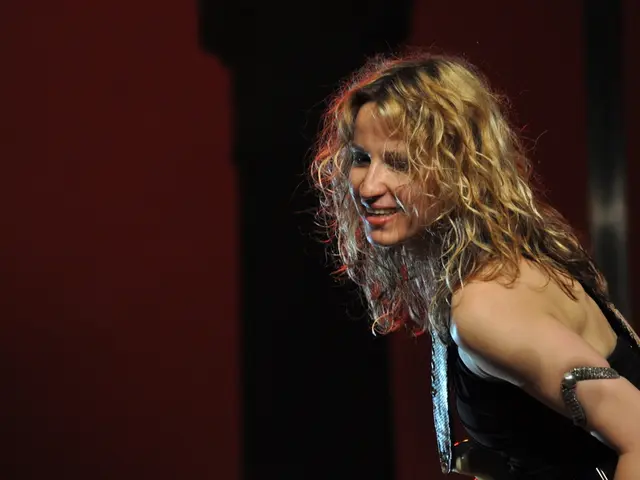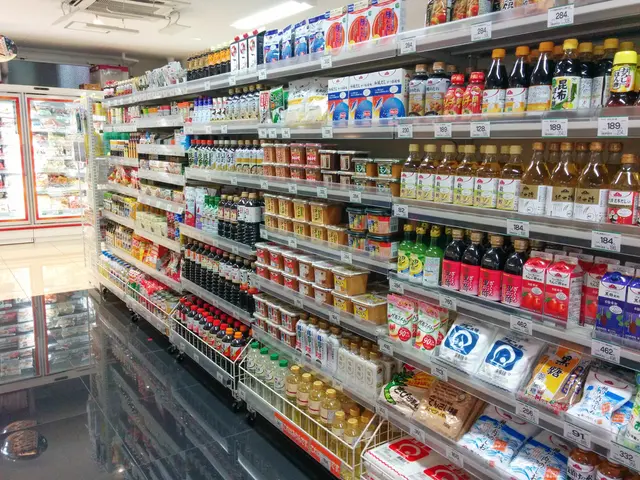Title: Berlin's Wind Energy Plan: Proposed Sites for Wind Turbines, Current Challenges, and Community Concerns
Senate allots spaces for wind turbines in Berlin
Berlin's wind energy plans are gaining momentum with eight city areas marked as potential spots for wind turbines. From Arkenberge in the north to Grunewald in the south, nearly half of the city will see change in the eastern and western parts. Here's a lowdown on where the turbines might rise and the controversy surrounding the Rieselfields Gatow and Karolinenhöhe areas.
Berlin's Proposed Sites for Wind Turbines
- Blankenfelde/Arkenberge (Pankow)
- Buchholz Nord (Pankow)
- Landscape area Wartenberg/Falkenberg (Lichtenberg)
- Krummendammer Heath (Treptow-Köpenick)
- Southern Grunewald (Steglitz-Zehlendorf)
- Am Teufelsberg (Charlottenburg-Wilmersdorf)
- Rieselfields Gatow Karolinenhöhe (Spandau)
- Jungfernheide/Tegel
However, the idea of turbines sprouting up in the Rieselfields and Karolinenhöhe areas in Spandau is far from a breeze. The Spandau building councilor Thorsten Schatz (CDU) has outright denied the site, dubbing it a "no-go." The primary reasons revolve around the area's designation as a significant landscape protection area and the visible presence of the towering wind turbines from Kladow on the other side of the Havel, where many politicians reside.
The current eight zones with potential were chosen from an initial list of 31 zones. The preferred zones cover 596 hectares, but plans may be scrapped during ongoing participation processes, leaving a buffer of around 150 hectares. These areas are primarily forested (285 hectares) followed by green and agricultural lands (166 hectares), and commercial building areas (56 hectares).
Benefits of the wind energy transformation include providing the necessary 80% of electricity in Germany from renewable sources by 2030, with each turbine potentially supplying energy to around 3,700 households.
Controversy in Rieselfields Gatow and Karolinenhöhe
The Spandau areas face numerous concerns, including environmental and ecological implications, aesthetic impact, noise and health issues, cultural heritage preservation, local community opposition, and technical logistics.
- Environmental and Ecological Concerns: The Rieselfields hosts valuable wetland ecosystems, diverse wildlife, and is a recognized protected nature reserve. Installing turbines could disrupt bird migration routes, endanger rare species, and negatively affect the ecological balance.
- Landscape and Visual Impact: The arrival of turbines would significantly alter the natural skyline and visual character, potentially affecting tourism and recreation in these popular outdoor areas.
- Noise and Health Concerns: Turbine noise pollution, continuous mechanical and aerodynamic noise, and shadow flicker effects are concerns that could impact local residents and wildlife behavior.
- Cultural and Historical Preservation: The turbines could interfere with sightlines and detract from the cultural landscape's integrity.
- Local Community Opposition: Residents and local groups might feel excluded from decision-making processes, and fear property value decline due to proximity to turbines.
- Technical and Logistical Issues: Integrating new turbines into the local power grid, potential safety concerns, and ice throw risks are technical challenges that some worry about.
Stay informed and share your thoughts about the proposed wind turbine sites by emailing [email protected] from June 10 to July 11. You may also visit the exhibition in the Senate Department for Urban Development or call 030/90173-5879 to arrange a conversation.
The construction process for a turbine takes approximately four months and costs around nine million euros. The operator pays rent to the landowner while receiving subsidies for the kilowatt-hours fed into the grid. Other federal states that have already met their quotas may enter agreements with Berlin through state treaties to secure wind turbine sites, if needed.
- The renewable energy plan in Berlin includes the potential installation of wind turbines in eight specified areas, with locations ranging from Blankenfelde/Arkenberge in Pankow to Jungfernheide/Tegel.
- The implementation of wind turbines is not without controversy, particularly in the Rieselfields Gatow and Karolinenhöhe areas in Spandau, as there are concerns about environmental and ecological impacts, aesthetic and cultural preservation, local community opposition, and technical logistics.
- loving the environmental benefits, such as the goal to provide 80% of Germany's electricity from renewable sources by 2030 and the potential for each turbine to supply energy to around 3,700 households, there are financial opportunities as well, with operators receiving subsidies for the energy they feed into the grid.
- The finance and energy industries play a role in the wind energy transformation, as operators must secure funding for the construction and maintenance of wind turbines, which can cost around nine million euros per turbine and take approximately four months to build.








